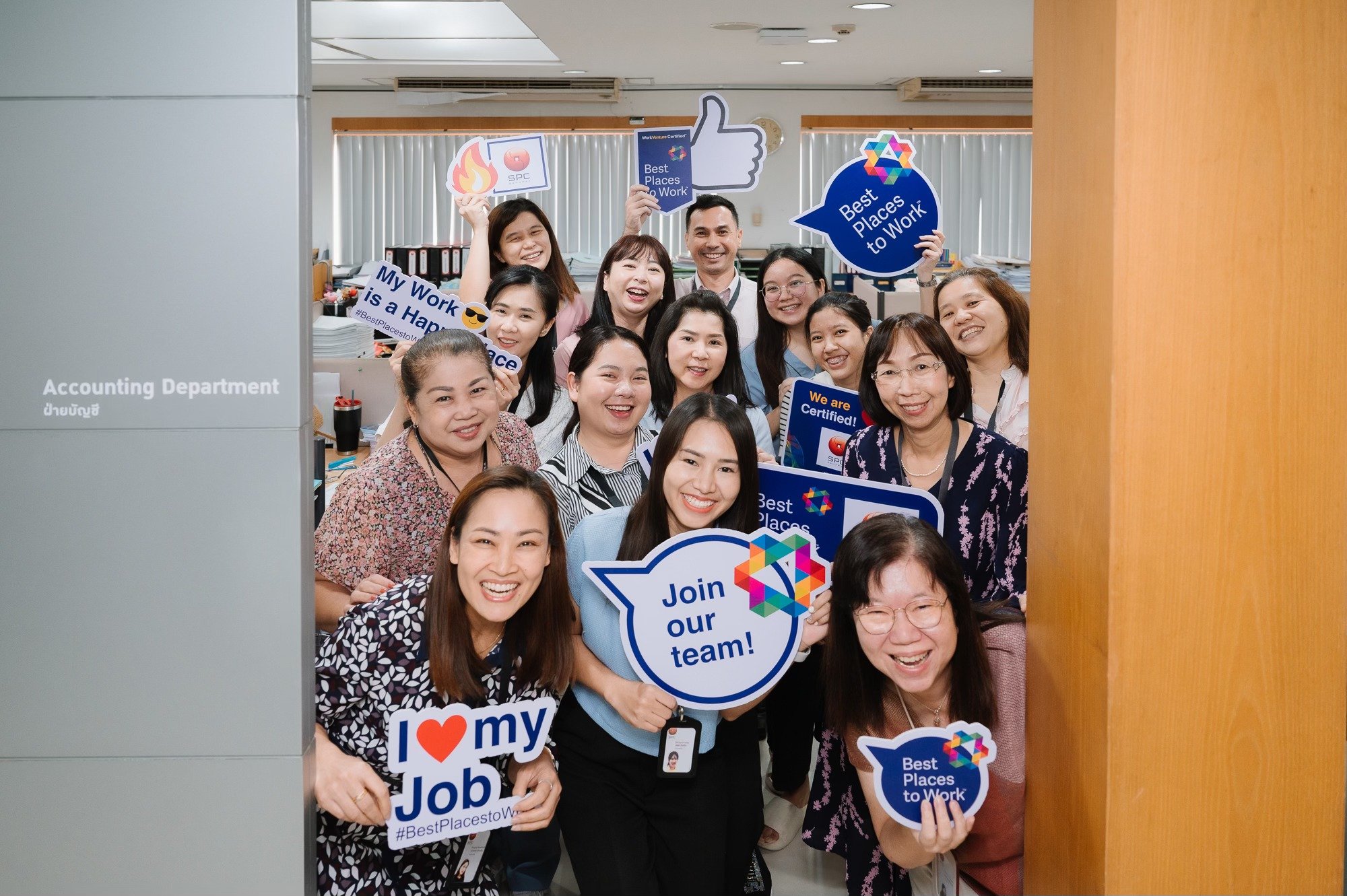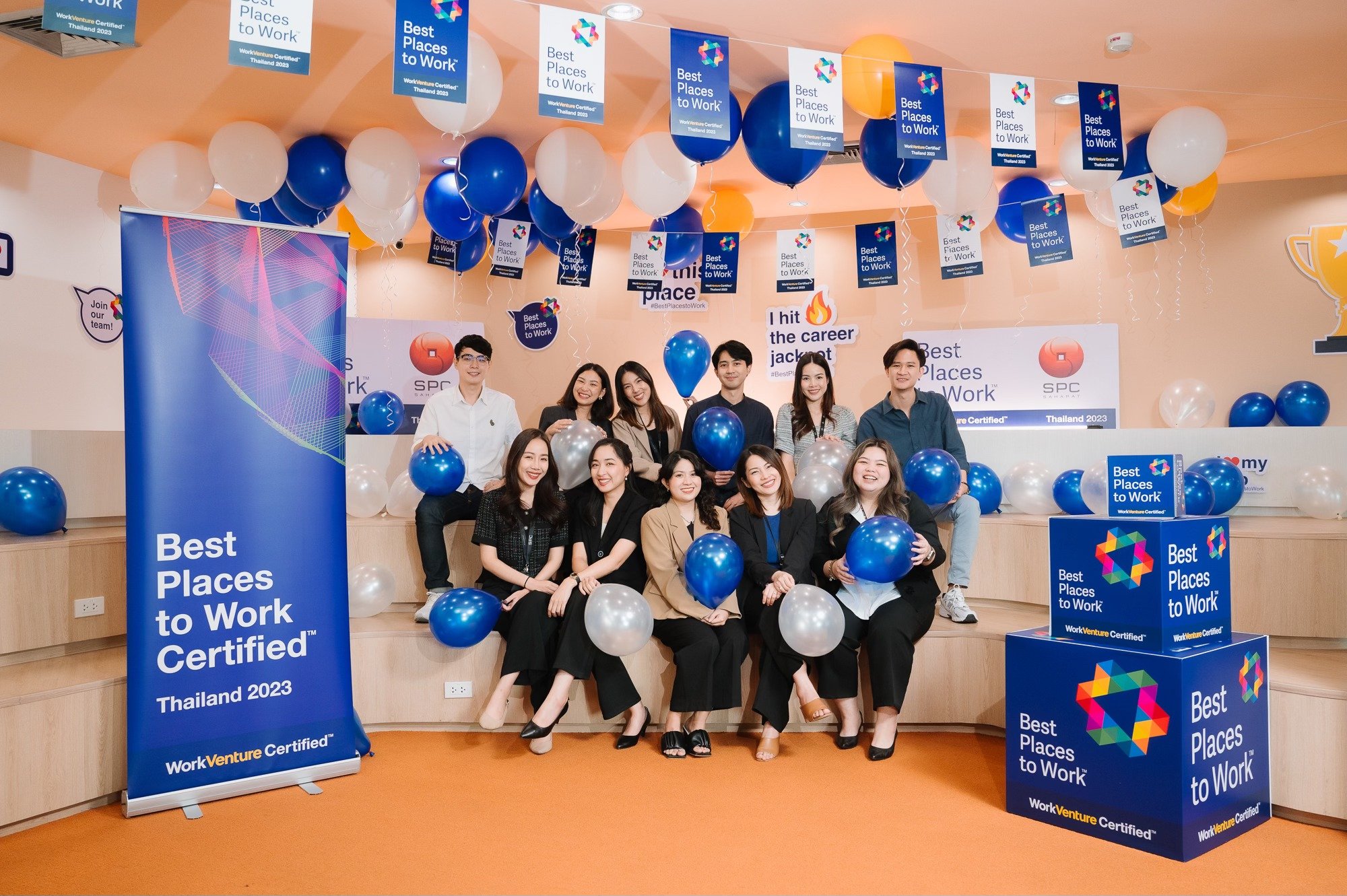Case Study: Sahapat, A Progression Beyond Excellence
How it started?
Explore the core of Sahapat, a longstanding presence in Thailand's business realm for over 80 years. With 76 distribution centers spread across the nation, the company cultivates a diverse environment of talents and experiences, nurturing a culture that promotes collaboration.
Sahapat, renowned for its longstanding operational history, is continuously striving to enhance its workplace environment through comprehensive evaluations of employee satisfaction, ensuring a positive and engaging work culture.
The challenges they faced:
Striving to bridge the generational gap through a unified culture or norm: Sahapat sees an opportunity in bridging the generation gap to better understand employee morale, fostering unity and satisfaction among its diverse workforce.
Opportunities for Enhancing the Work Environment: By involving employees from all generations in feedback, Sahapat aims to create a more inclusive and innovative work environment, driving success for everyone.
Potential to Enhance Reputation and Talent Acquisition: By prioritizing employee satisfaction through surveys, Sahapat has the potential to enhance its company reputation, making it more attractive to top talent in a competitive job market.
Getting deep insight into workspace through “Best Places to Work”
At the core of Sahapat, a significant discovery occurred as WorkVenture conducted a two-week survey, exploring new ground: employee satisfaction. Exceeding expectations, Sahapat attained an impressive score, securing the esteemed Best Places to Work certification.
But beyond mere recognition, WorkVenture offered priceless insights, steering Sahapat towards further improvements to retain its employees and entice top talent. This pivotal moment signaled a new beginning, sparking a journey of change and reinforcing Sahapat's dedication to excellence.
Once a bit overlooked by younger job seekers, Sahapat's story took an exciting turn with the "Best Place to Work" certification. Now, it proudly stands as one of the top five companies that young professionals want to join in the FMCG industry. And it's not just talk—Sahapat's diverse workforce, spanning generations, is making waves. By leveraging surveys through Best Places to Work, Sahapat has unlocked a treasure trove of insights.
What did Sahapat get after being certified as Best Places to Work?
Being certified as the 'Best Places to Work' is more than just an acknowledgment; it represents a strategic decision that brings numerous advantages to Sahapat, extending well beyond the tangible certification plaque showcased.
Striving to bridge the generational gap through a unified culture or norm: By bridging the generation gap and better understanding employee morale, Sahapat can cultivate a more cohesive and satisfied workforce. This will lead to higher employee retention, increased productivity, and a stronger sense of teamwork.
Enhanced Work Environment and Innovation: Involving employees from all generations in feedback will result in a more inclusive and innovative work environment at Sahapat. This will foster creativity, collaboration, and a positive company culture, ultimately driving success and growth.
Enhanced Company Reputation and Talent Acquisition: Prioritizing employee satisfaction through surveys will elevate Sahapat's reputation as an employer of choice. This will attract top talent in the competitive job market, reduce turnover costs, and position Sahapat as a leader in talent acquisition and retention.
In summary, Sahapat demonstrated remarkable achievement on its inaugural attempt. Despite navigating the complexities of a diverse workforce, Sahapat exceeded expectations, securing certification as a "Best Place to Work" with a score surpassing 60%. Leveraging insights from Best Places to Work, Sahapat gains a deeper understanding of its employees' needs and areas for improvement, paving the way for further enhancements in employee satisfaction and organizational success
Hear it from the Sahapat team
“The working atmosphere is like a family, where managers, seniors, long-time employees, or even newcomers can work together as siblings. It’s a blend of experience and technology, combining traditional values with modernity.”





